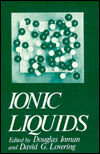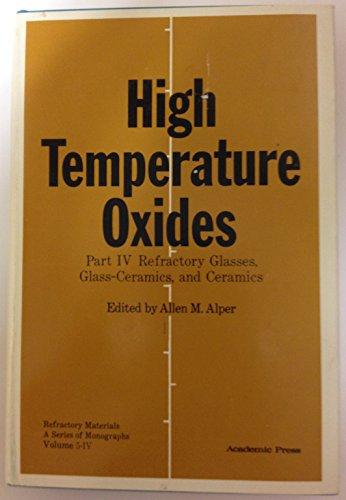Liquid Glass Transition: A Unified Theory From the Two Band Model (Elsevier Insights)
Kitamura, Toyoyuki
A glass is disordered material like a viscous liquid and behaves mechanically like a solid. A glass is normally formed by supercooling the viscous liquid fast enough to avoid crystallization, and the liquid-glass transition occurs in diverse manners depending on the materials, their history, and the supercooling processes, among other factors. The glass transition in colloids, molecular systems, and polymers is studied worldwide. This book presents a unified theory of the liquid-glass transition on the basis of the two band model from statistical quantum field theory associated with the temperature Green’s function method. It is firmly original in its approach and will be of interest to researchers and students specializing in the glass transition across the physical sciences.
- Examines key theoretical problems of the liquid-glass transition and related phenomena
- Clarifies the mechanism and the framework of the liquid-glass transition
| Name in long format: | Liquid Glass Transition: A Unified Theory From the Two Band Model (Elsevier Insights) |
|---|---|
| ISBN-10: | 0124071775 |
| ISBN-13: | 9780124071773 |
| Book pages: | 400 |
| Book language: | en |
| Edition: | 1 |
| Binding: | Hardcover |
| Publisher: | Elsevier |
| Dimensions: | Height: 9.01573 Inches, Length: 5.98424 Inches, Weight: 1.5211896078 Pounds, Width: 0.8751951 Inches |














